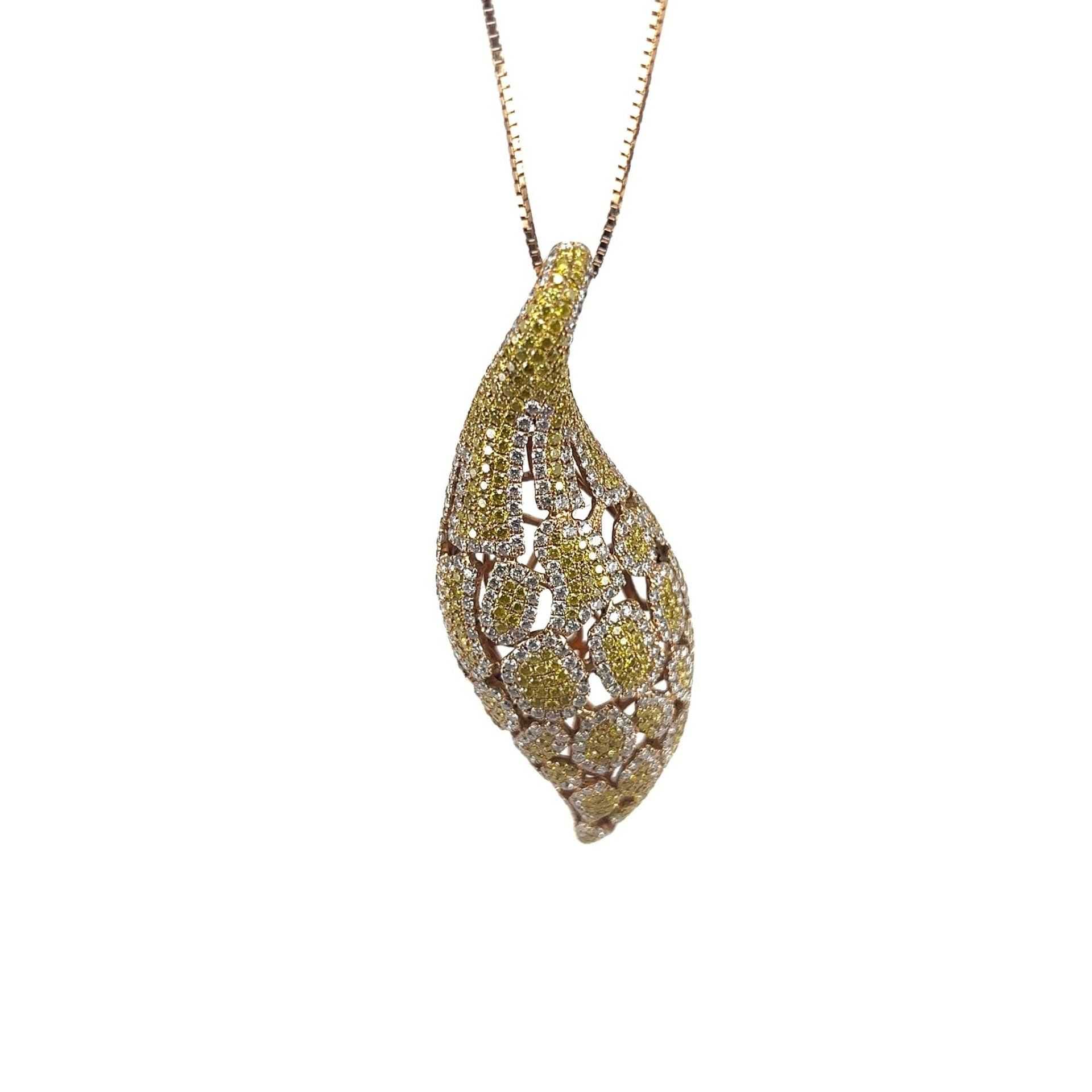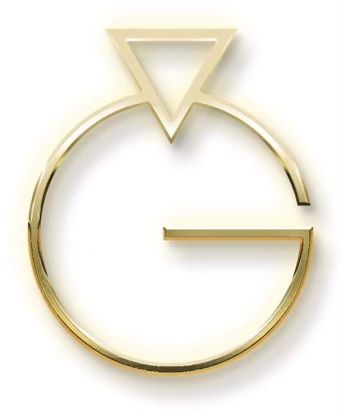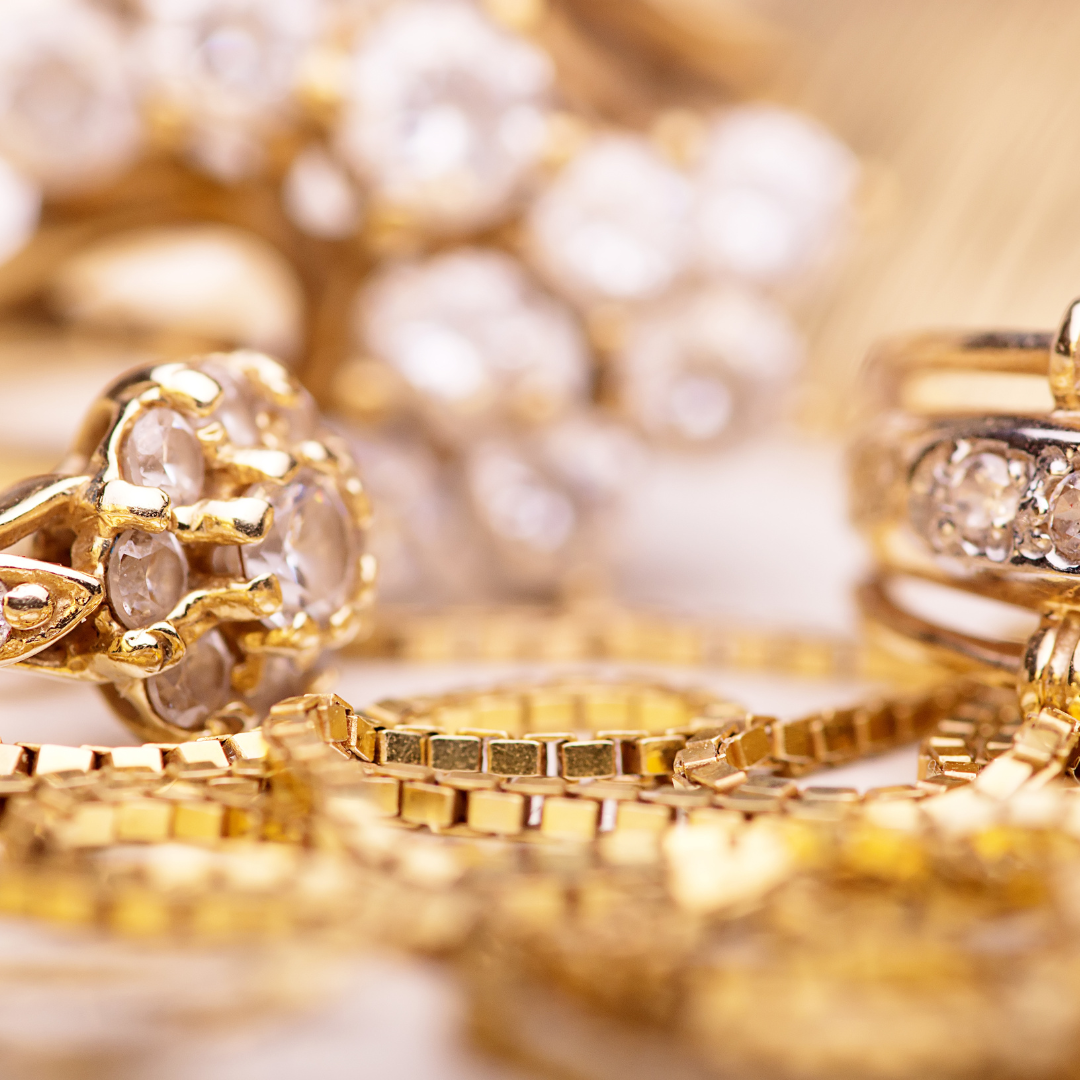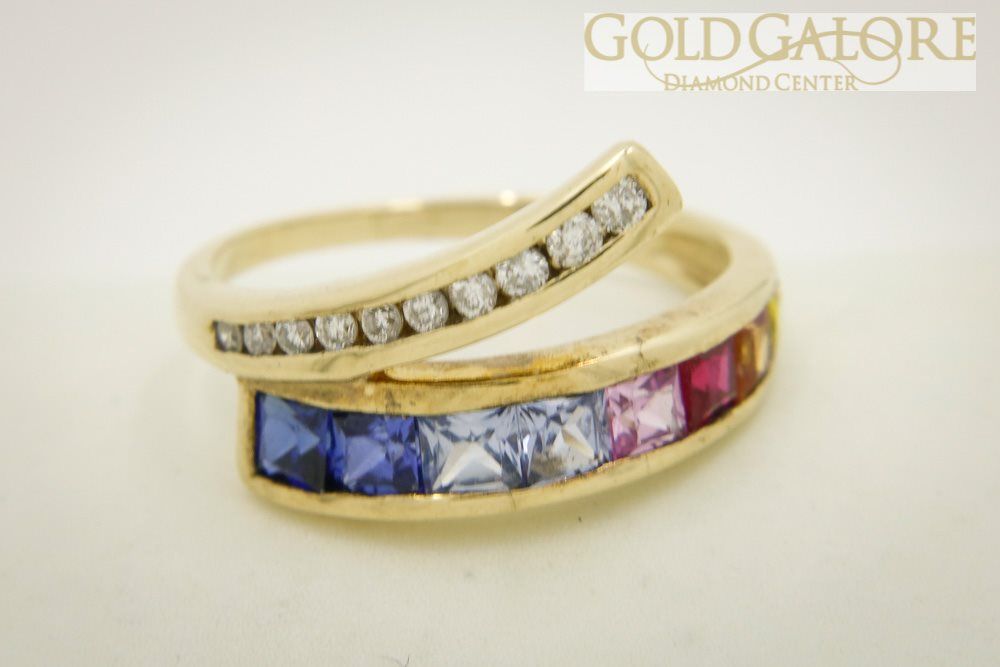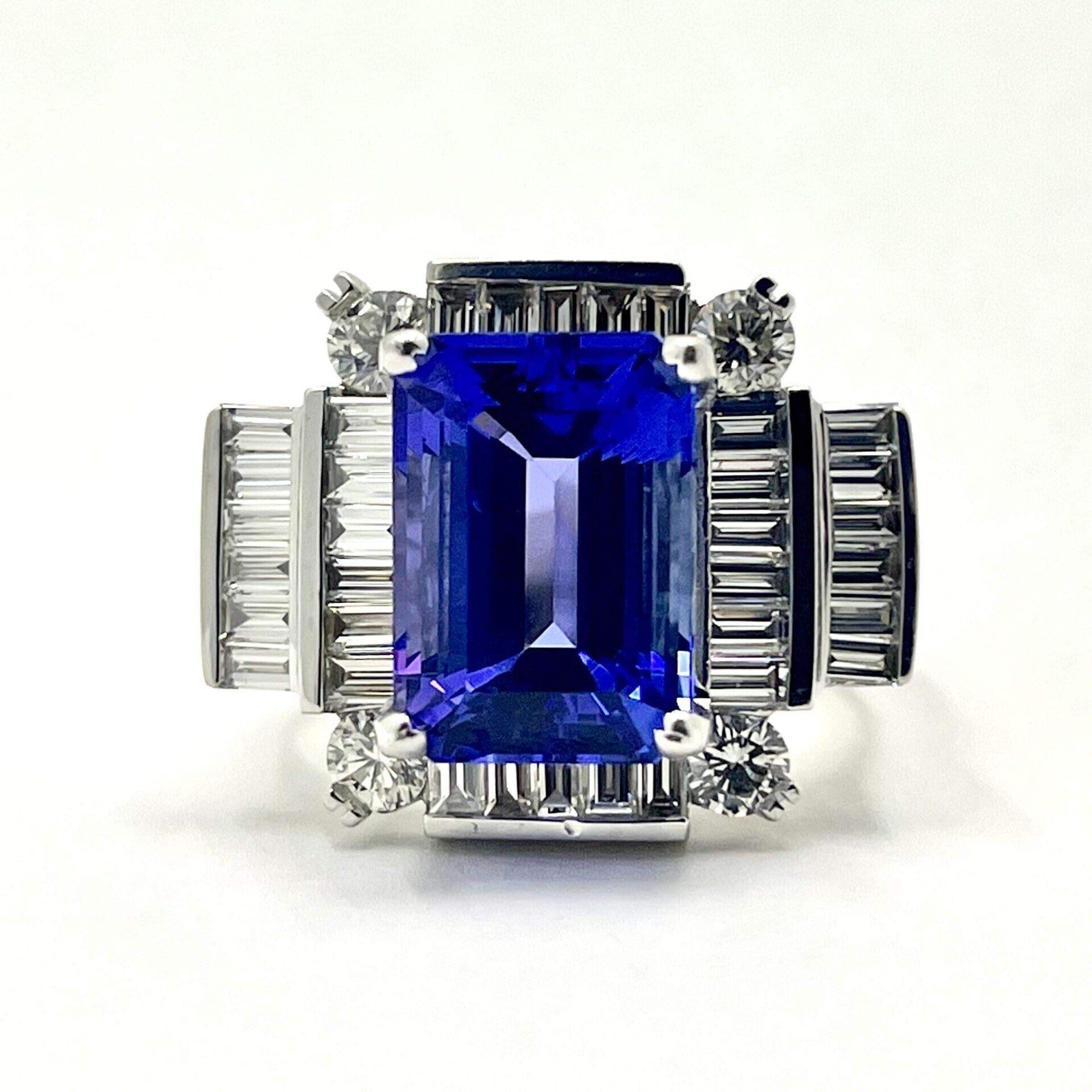Lab Grown Vs Natural Diamonds
Are lab created and natural diamonds the same?
Lab grown diamonds are also known as synthetic diamonds, cultured diamonds or man-made diamonds. They grow in much the same way as natural diamonds; beginning as carbon atoms that are subjected to extreme heat and pressure which causes them to bond together to form a crystalline lattice structure. In a laboratory environment this is achieved by using high-pressure high-temperature (HPHT) or chemical vapor deposition (CVD) methods. These methods mimic the natural diamond formation process but accelerate it to produce diamonds in a shorter time frame.
Natural diamonds are formed deep within the Earth's mantle over billions of years under intense heat and pressure. They are mined from the Earth and have been traditionally used for various industries, including jewelry.
Differences Between Natural and Lab-Grown Diamonds
If you are thinking about purchasing jewelry featuring diamonds, the decision to purchase a lab grown diamond or a natural diamond ultimately depends on your personal preferences and priorities. Here are a few factors to consider:
- Budget: Lab-created diamonds are generally more affordable than natural diamonds. If budget is a significant concern for you, a lab-created diamond might offer a larger or higher quality stone within your price range.
- Ethics and Sustainability: Lab-grown diamonds are considered more environmentally friendly and ethically sound compared to natural diamonds. If you prioritize sustainability and want to minimize the ecological impact of your purchase, a lab-created diamond could align better with your values.
- Rarity and Tradition: Natural diamonds have a long-standing cultural significance and are traditionally associated with symbols like love, commitment, and luxury. If the rarity and tradition associated with natural diamonds hold personal meaning for you, it might be a factor to consider.
- Visual Appeal: Lab-grown diamonds possess the same physical properties as natural diamonds and can be equally beautiful. However, some individuals value the unique characteristics and individuality of natural diamonds. If you appreciate the idea of a diamond formed by nature over billions of years, a natural diamond might be more appealing to you.
- Resale Value: Natural diamonds generally retain their value better than lab-created diamonds. If you anticipate the possibility of selling or passing down your diamond in the future, a natural diamond might be a more secure investment.
Growing Popularity of Lab-Grown Diamonds
Lab-created diamonds have been gaining popularity in recent years, and their market share has been steadily increasing. While natural diamonds still dominate the diamond industry, lab-grown diamonds have seen significant growth and consumer acceptance. This rise in popularity and acceptance is attributed to several factors. The price of lab-created diamonds decreased in recent years making them more accessible to a broader range of consumers. The lower price point has made lab-created diamonds an attractive option for those looking for high-quality diamonds at a more affordable cost. As environmental and ethical concerns gain prominence, lab-created diamonds have gained traction among consumers who prioritize sustainability. Lab-grown diamonds are considered a more environmentally friendly and socially responsible choice, as they eliminate the need for diamond mining and associated environmental impacts. Additionally, the quality of lab-created diamonds has significantly improved over the years. With advancements in technology and manufacturing processes, lab-grown diamonds can now exhibit the same physical and optical properties as natural diamonds. And oftentimes, lab grown diamonds offer a more consistent supply compared to natural diamonds, which can be limited by geological factors. There has also been a shift in consumer attitudes towards lab-created diamonds. Previously, there may have been a stigma attached to synthetic diamonds as being "fake" or of lower quality. However, as awareness and education about lab-created diamonds increase, more consumers are recognizing their value and considering them as a legitimate alternative to natural diamonds.
It's essential to research and educate yourself on both types of diamonds before making a purchase. Consider visiting reputable jewelers or consulting with experts who can provide guidance based on your specific needs and preferences. Ultimately, the choice should reflect what holds value for you personally, be it cost, sustainability, sentiment, or other factors.
Facts to Consider When Purchasing Diamonds
Want to learn more about the differences between these diamonds? Here are some facts about lab-created and natural diamonds:
- Formation: Natural diamonds are formed through natural geological processes, while lab-created diamonds are produced by replicating these processes in a laboratory. Lab-created diamonds are made using small diamond seed crystals, which are exposed to either high temperatures and pressures or a mix of gases to allow carbon atoms to deposit and form a diamond crystal.
- Timeframe: Natural diamonds require an extensive period, often billions of years, to form beneath the Earth's surface. In contrast, lab-created diamonds can be produced within weeks to months, depending on the size and quality desired.
- Rarity: Natural diamonds are considered rare and valuable due to their limited supply and the time it takes for them to form naturally. Lab-created diamonds, although they have the same physical and chemical properties as natural diamonds, are more abundant and easier to produce. This makes them more affordable compared to natural diamonds.
- Environmental Impact: Natural diamond mining can have significant environmental consequences, including habitat destruction, soil erosion, water pollution, and energy consumption. Lab-created diamonds have a comparatively lower environmental impact as they do not require mining, although the energy consumption associated with their production should be considered.
- Identifiability: Natural diamonds can have unique characteristics, including inclusions and imperfections, that make them identifiable as natural. Lab-created diamonds, on the other hand, may exhibit characteristics that can help gemologists distinguish them from natural diamonds, such as growth patterns, fluorescence, and the presence of certain impurities.
It's worth noting that lab-created diamonds are real diamonds in terms of their chemical composition and physical properties. They have the same crystal structure, hardness, and brilliance as natural diamonds. The primary difference lies in their origin and the process by which they are formed. Ultimately, the choice between natural and lab-created diamonds depends on personal preference, budget, and ethical considerations.
If you are thinking of buying diamond jewelry, talk to the experts at Gold Galore. They can advise you on the benefits of each, as well as other factors to consider such as color, cut and clarity. The staff of this family owned business are experts in their field and can help you find the piece that is perfect for you. You can reach them at 727-263-4754 or visit their diamond center in person to see their wonderful selection of jewelry.
